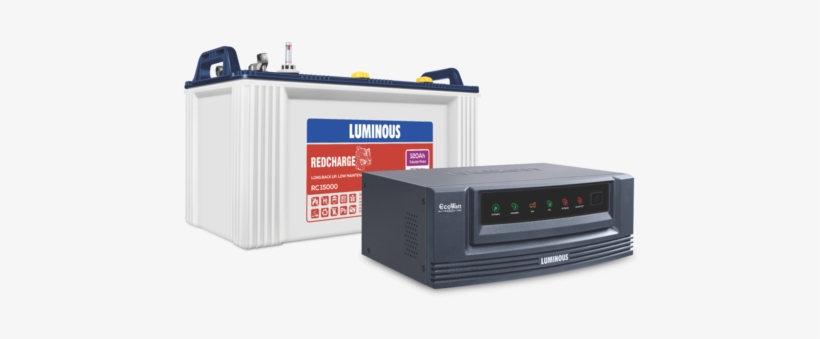
In today’s fast-paced world, reliability is paramount, especially when it comes to technology. Uninterrupted power supply (UPS) systems have become essential for businesses and households alike, ensuring that critical equipment remains operational during power outages. At the heart of these systems are UPS batteries, which provide the necessary energy to keep devices running smoothly when the grid fails. Understanding UPS batteries and their importance can help you make informed decisions to protect your valuable devices and data.
Choosing the right UPS battery can significantly impact the performance of your electronic systems. With a wide range of options available, it can be overwhelming to determine which battery best suits your needs. This guide will delve into the various types of UPS batteries, their functionalities, and tips for maintaining and optimizing their performance. Whether you are setting up a home office, managing a data center, or simply want to safeguard your devices, having the right knowledge about UPS batteries will empower you to ensure uninterrupted operations.
Understanding UPS Battery Types
UPS batteries come in various types, each designed to meet specific needs and applications. The most common types include lead-acid, lithium-ion, and nickel-cadmium batteries. Lead-acid batteries are widely used due to their affordability and proven performance. They are ideal for short to medium backup durations and are commonly found in residential and small business setups. However, they are heavier and have a shorter lifespan compared to some of their modern counterparts.
Lithium-ion batteries are gaining popularity in UPS systems due to their high energy density, lighter weight, and longer lifespan. They provide a more compact solution, making them suitable for environments where space is at a premium. Additionally, lithium-ion batteries can handle a higher number of charge and discharge cycles, which can lead to lower total cost of ownership over time, especially for businesses that rely heavily on uninterrupted power.
Nickel-cadmium batteries, while less common, are favored in specific industrial applications due to their robustness and ability to perform well in extreme temperatures. They have a longer shelf life and can withstand deep discharges without significant degradation. However, they are more expensive and can have environmental concerns associated with cadmium. Understanding these differences can help users choose the right UPS battery for their unique power requirements.
Selecting the Right UPS Battery
Choosing the right UPS battery is crucial for ensuring your devices remain powered during outages. Start by assessing the power requirements of your equipment. Consider the total wattage or VA rating of the devices you intend to connect to the UPS. This will guide you in selecting a battery that can handle the maximum load. Additionally, think about the runtime you need during an outage. Some applications may require only a few minutes, while others may need several hours of backup power. In today’s fast-paced world, where reliability is paramount, many businesses and households rely on devices like the APC UPS to keep their critical equipment operational during power outages.
Next, evaluate the type of UPS battery that suits your needs. The most common types are lead-acid and lithium-ion batteries. Lead-acid batteries are typically more affordable and widely available but have a shorter lifespan and longer charging times. On the other hand, lithium-ion batteries are more expensive but offer longer service life, quicker recharge capabilities, and lighter weight. Your choice will depend on your budget, space constraints, and performance expectations.
Finally, consider the maintenance and replacement costs associated with the UPS battery. Some batteries require regular maintenance, such as checking the electrolyte levels and ensuring proper ventilation. Others are maintenance-free but may have higher upfront costs. Review warranty options and service agreements to ensure you make a well-informed decision that aligns with your long-term needs.
Maintenance Tips for Longevity
To ensure the longevity of your UPS batteries, regular maintenance is essential. Begin with routine visual inspections to check for any signs of physical damage, leaks, or corrosion on the terminals. Keeping the battery clean is equally important; dust and debris can affect performance, so gently wipe the battery surfaces with a damp cloth. Additionally, be sure to verify that all connections are secure to prevent any disruptions in power delivery.
Another key aspect of maintenance is monitoring the battery’s condition and performance. Utilize any built-in management software that comes with your UPS system to track the battery’s health and performance metrics. Pay attention to the estimated runtime and charge cycles; if you notice significant drops in capacity or performance inconsistencies, it may be time to consider a replacement. Regularly testing the system under load will ensure your UPS batteries are functioning optimally.
Lastly, maintain an appropriate environment for your UPS batteries. They should be kept in a cool, dry place, away from direct sunlight, moisture, and extreme temperatures. Excessive heat can significantly reduce battery lifespan, while cold conditions can result in lower capacity and performance. By controlling the environment and adhering to these maintenance practices, you can greatly extend the life of your UPS batteries and ensure uninterrupted performance in critical situations.
